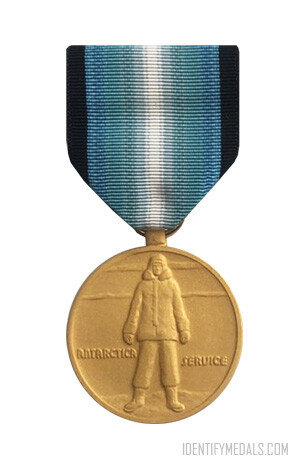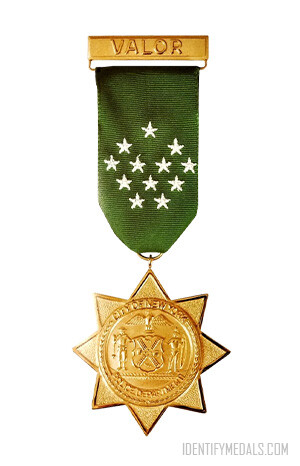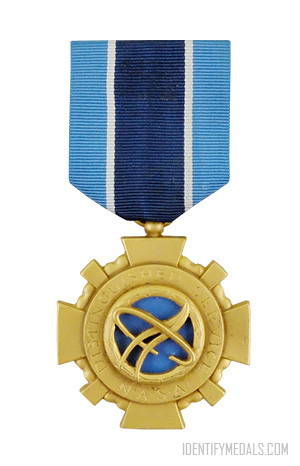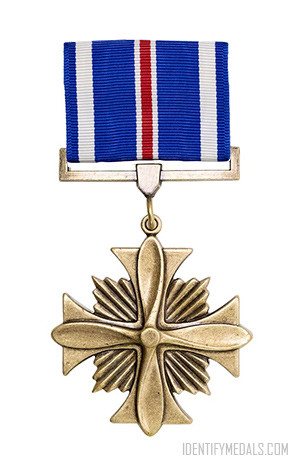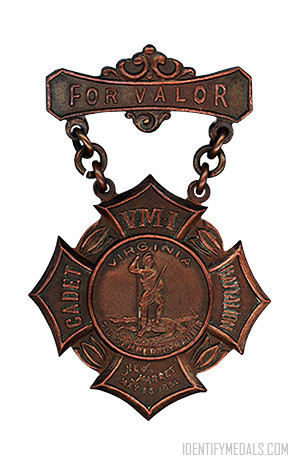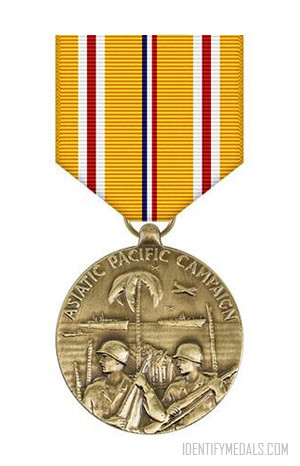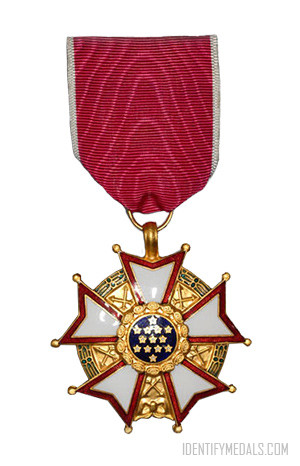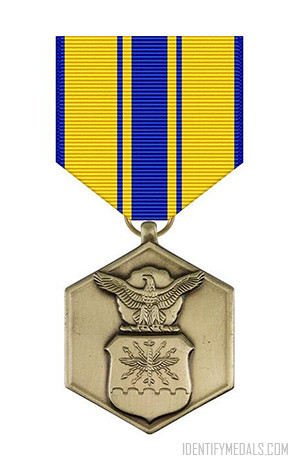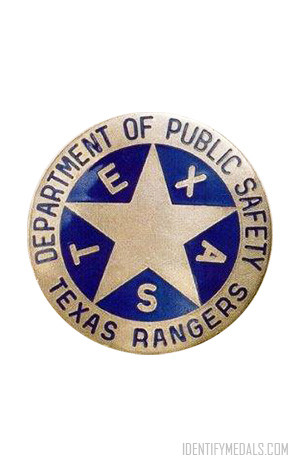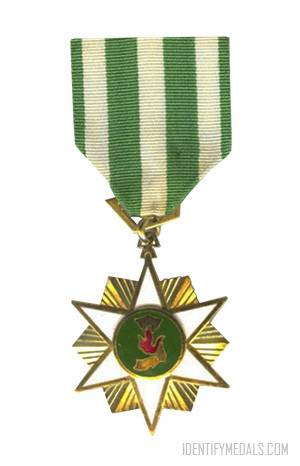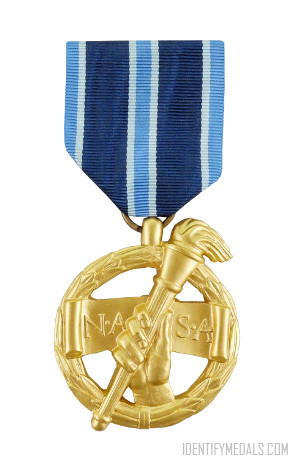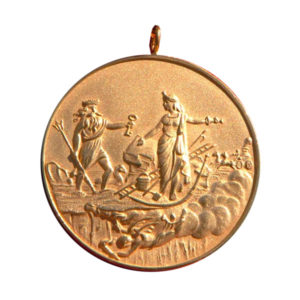- Time Period: Post-WW2
- Institution: 7 July 1960
- Country: United States
The Antarctica Service Medal (ASM) was established on July 7, 1960, by the United States Congress through Public Law 600 of the 86th Congress. This medal was created to serve as a military award, replacing several commemorative awards issued for prior Antarctic expeditions from 1928 to 1941. The medals made obsolete by the creation of the ASM include the Byrd Antarctic Expedition Medal, the Second Byrd Antarctic Expedition Medal, and the United States Antarctic Expedition Medal.
The ASM is a recognized award of the United States Armed Forces, authorized for wear on active duty uniforms and issued in the name of the U.S. Department of Defense. It can also be awarded to U.S. civilians and foreign citizens participating in U.S. Antarctic expeditions at the invitation of a U.S. agency, such as the National Science Foundation.
The Antarctica Service Medal Criteria
Eligibility for the Antarctica Service Medal requires personnel to train or serve for ten days on the Antarctic continent or on vessels in Antarctic waters (south of 60 degrees latitude). Flight crews qualify by performing transport missions to Antarctica, with one day of service credited for each mission within a 24-hour period. Civilians working in research facilities or on research vessels south of 60 degrees latitude for at least ten days (or thirty days before October 10, 2008) are also eligible, facilitated through the National Science Foundation.
The Antarctica Service Medal Design
The medal is a 1¼ inch bronze piece. The obverse features a polar landscape with a figure in Antarctic clothing, flanked by the words “ANTARCTICA” and “SERVICE.” The reverse displays a polar projection of Antarctica with geodesic lines, overlaid with the words “COURAGE,” “SACRIFICE,” and “DEVOTION,” encircled by penguins and marine life.
The service ribbon, 1⅜ inches wide, has a design symbolizing the Antarctic environment: black and dark blue edges represent five months of darkness, while the center, with colors grading from white to medium blue, symbolizes seven months of sunlight and the aurora australis.

